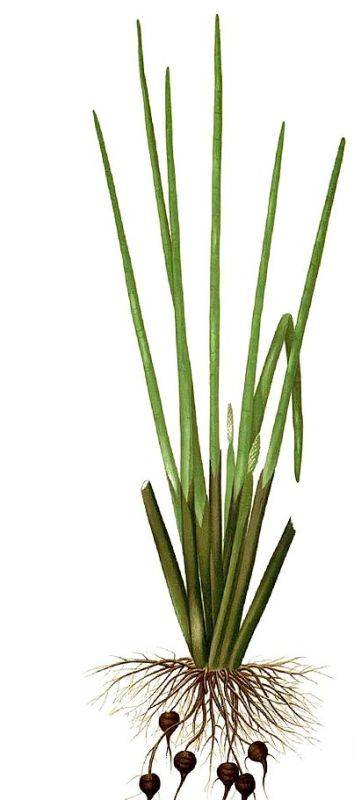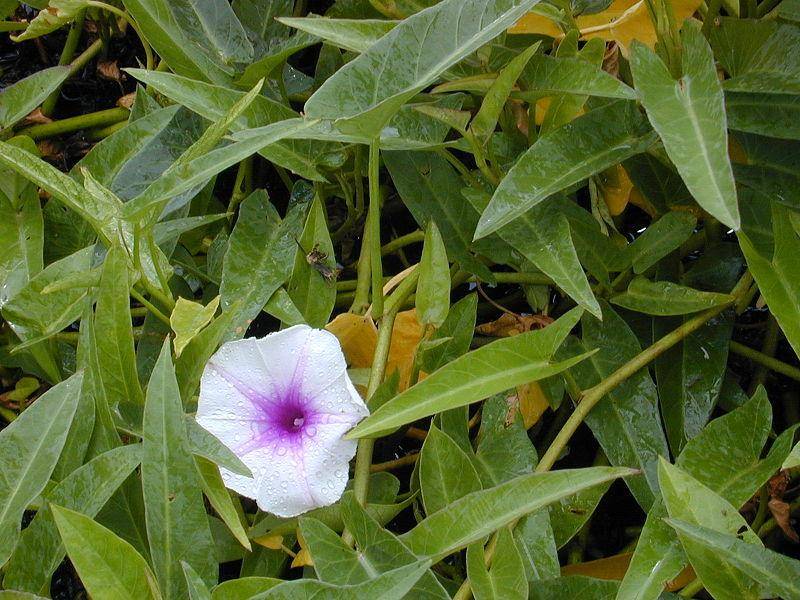
Festival times are in and so are the Chestnut flours (Singhada), Makhana and many other superfoods. Superfoods help in Sustaining Future Food Security and Rural Livelihood support in our Changing Environment. Aquatic Plants like Trapa, Makhana, Water Lily and Ipomea have the potential to be considered as Super Aquatic Foods. Our interaction with the Retired Principal Scientist Pratap Mukhopadhyay, CIFA reveals so many interesting facts about them. All the above crops should definitely be considered as a potential support to the rural economy and therefore needs conservation and better practices of understanding. In rural areas where micronutrient deficiency is reported to be in large numbers among kids and womenfolk, usages of these crops should be recommended for help decreasing, malnutrition among them. The government needs to give impetus to these crops and thereby include them in Different Schemes.
Makhana /Eeryale ferox or lotus seeds is an aquatic herb with floating leaves (green on top and purple beneath) can be a very good alternative cash crop. This plant needs hardly any attention except that during harvesting (period: June-August) a little bit of care and expertise are required. Also called Fox nuts, they are a great snack food for diabetics and heart patients as they contain the good fat and have a low quantity of saturated fats. These properties make Makhana as a good weigh loss food. Makhana 'Makhana' or the popped seeds of the lotus plant, are a potent source of protein, carbohydrates, fibre, magnesium, potassium, phosphorous iron and zinc. Low in fat and sodium, they are cooked into delicious food items,can be eaten raw, roasted or ground and is highly esteemed in entire northern India including Bihar and Jharkhand and northern part of Bengal. These seeds when soaked overnight, becomes soft and be added to soups, salads or other gravy dishes.

Trapa or water chestnut /Singhada as it is locally called is an annual herb, the kernel of which is delicious as well as nutritious. Species of Trapa varies from Trapa natans, Trapa bicornis and the endangered Trapa rossica. It is also known as buffalo nut, bat nut, devil pod, ling nut, lin kok, ling kio nut, mustache nut or singhada. Singhada fruits have no cholesterol and are enriched with essential nutrients and vitamins. The fruits are grounded to make flour which is loaded with vitamin B6, potassium (350 to 360 mg per half cup), copper, riboflavin, iodine and manganese. Seedlings generally take three months for flowering followed by fruiting. Though the potential of this cultivable species is recognized but it is yet to be fully explored. The fallow rural ponds can be used for intensive farming as a remunerative venture.

Water lily (commonly called sapla) is found in several attractive colours similar to lotus. The long flowering stalk develops directly from the rootstock and bears single flower which opens up during daytime and closes as evening approaches. All part of the flora are preferred as food. The young leaves and unopened flower buds can be boiled and served as a vegetable. The seeds are high in starch, protein, and oil, are popped, parched, or ground into flour. Pratap Mukhopadhyay, Principal Scientist, CIFA explains that a common experience that water bodies where sapla and lotus are grown form the natural breeding place for some of the prized catfishes like magur and singhi (air-breathing catfish species) thus providing a support to aquaculture.

According to Pratap Mukhopadhyay, Principal Scientist, CIFA, Ipomea the aquatic plant’s efficacy as an ideal leafy vegetable component is reflected by its richness in nutritional content and taste. Ipomoea is a common perreneal aquatic plant which can be propagated by seeds (viable seeds are easily available in market) or stem cutting. First time harvest may take place one month after seed sowing but then it can be done on a weekly basis. This plant is known in English as water spinach, river spinach, water morning glory, water convolvulus, the name Chinese spinach, Chinese Watercress, Chinese convolvulus, swamp cabbage.















